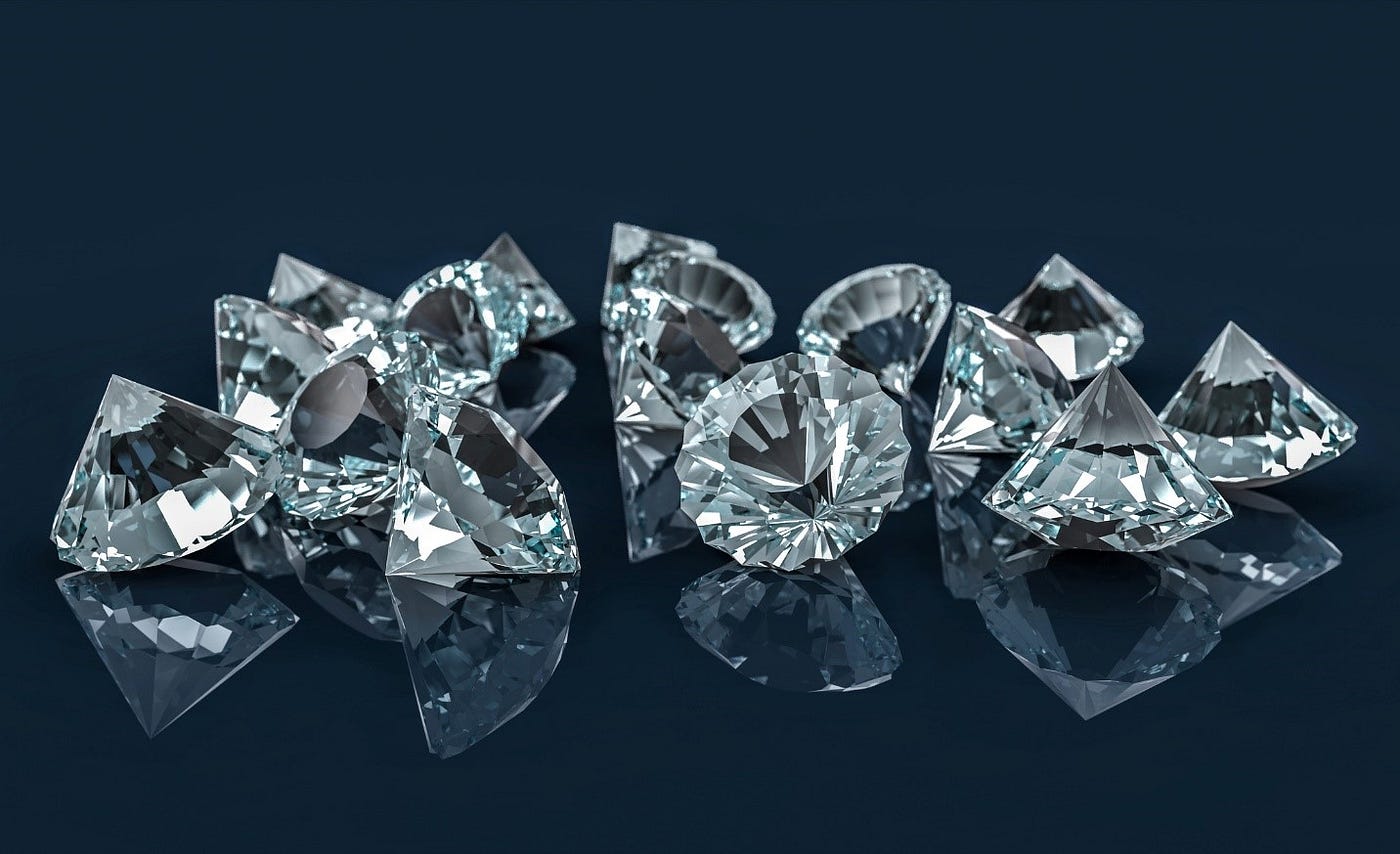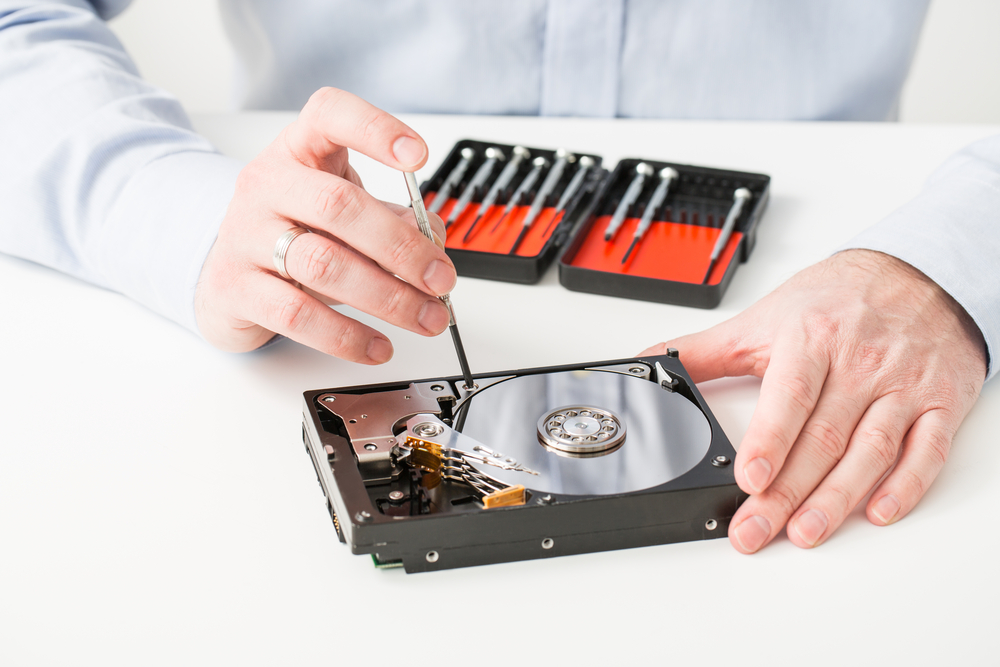Introduction to Lab Diamonds
When you hear “diamonds,” what do you picture? Chances are, it’s those glittering gems dug from deep within the Earth’s crust, right? But what if I told you that some diamonds are made right here on Earth, in a lab? Sounds intriguing, doesn’t it? Lab diamonds are not just a buzzword; they’re a fascinating evolution in the world of gemstones. Let’s dive into the world of lab diamonds, from their origins to their future.
What Are Lab Diamonds?
Lab diamonds, also known as synthetic or cultured diamonds, are real diamonds created in a laboratory environment rather than being mined from the Earth. They share the same physical and chemical properties as natural diamonds. So, when you look at a lab diamond insider story of lab diamonds better, you’re seeing a gem that’s every bit as dazzling as its natural counterpart.
History and Evolution of Lab Diamonds
The concept of creating diamonds in a lab is not as new as you might think. The journey started in the 1950s, but it’s only recently that lab diamonds have gained significant traction. Advances in technology have turned what was once a scientific curiosity into a thriving industry. Today, lab diamonds are not just a niche market but are becoming a mainstream choice for many buyers.
The Science Behind Lab Diamonds
Ever wondered how a diamond is made? No, it’s not a fairy tale. It’s all about science! Lab diamonds are created using methods that replicate the natural processes of diamond formation. Let’s break it down.
How Lab Diamonds Are Created
Creating a lab diamond involves mimicking the natural conditions under which diamonds form. The two main methods used are High Pressure High Temperature (HPHT) and Chemical Vapor Deposition (CVD).
High Pressure, High Temperature (HPHT) Method
The HPHT method simulates the intense pressure and temperature conditions of the Earth’s mantle. Carbon is placed in a chamber and subjected to extreme conditions, transforming it into diamond. It’s like turning a lump of coal into a sparkling gem, but with a lot more heat and pressure!
Chemical Vapor Deposition (CVD) Method
The CVD method involves placing a diamond seed in a chamber filled with carbon-rich gases. These gases are then ionized to form a plasma, which deposits carbon atoms onto the seed, slowly growing the diamond. It’s a bit like 3D printing, but for diamonds.
Comparison with Natural Diamonds
So, are lab diamonds the same as natural ones? In essence, yes. Both types of diamonds are chemically identical. The key difference lies in their origin. Natural diamonds are formed over billions of years, while lab diamonds take just weeks or months. This doesn’t make one better than the other; it’s just different.
Benefits of Lab Diamonds
Why are lab diamonds becoming so popular? The reasons are compelling and multi-faceted.
Ethical and Environmental Advantages
Lab diamonds are often seen as a more ethical choice. Traditional diamond mining can lead to environmental degradation and human rights issues. Lab diamonds, on the other hand, offer a more sustainable and humane alternative.
Cost-Effectiveness
Let’s talk dollars and cents. Lab diamonds typically cost 20-40% less than their natural counterparts. This price difference allows buyers to get a larger or higher-quality diamond for the same budget. Who doesn’t love a good deal?
Common Misconceptions About Lab Diamonds
There are a few myths about lab diamonds that need debunking. Let’s clear the air.
Are Lab Diamonds Less Valuable?
Some people think lab diamonds are less valuable than natural ones, but that’s not the case. Lab diamonds are valued based on the same criteria—cut, color, clarity, and carat weight—as natural diamonds. Their value is determined by their quality, not their origin.
Do Lab Diamonds Lack Quality?
Not at all! Lab diamonds can be of the highest quality, often surpassing natural diamonds in clarity and color due to the controlled environment in which they are grown. So, if quality is a concern, lab diamonds definitely hold their own.
Lab Diamonds in the Jewelry Market
Lab diamonds are making waves in the jewelry industry. From engagement rings to fine jewelry, they’re finding their place in the spotlight.
Popularity and Market Trends
The popularity of lab diamonds is on the rise. As more people become aware of their benefits, demand continues to grow. Jewelers are responding to this trend by offering a wider selection of lab-grown options.
Brands and Retailers Embracing Lab Diamonds
Several well-known brands and retailers have started offering lab diamonds, embracing the trend and making these gems accessible to a broader audience. Names like Brilliant Earth and Clean Origin are leading the charge, offering stunning collections of lab-grown jewelry.
Choosing a Lab Diamond: What to Look For
So, you’re interested in buying a lab diamond. Here’s what you need to consider.Lab created diamonds are revolutionizing the gemstone industry with their stunning beauty and ethical appeal. These diamonds are crafted in controlled environments that mimic the natural conditions under which diamonds form, ensuring they are chemically and physically identical to their mined counterparts. The result is a brilliant, high-quality diamond that is free from the ethical and environmental concerns often associated with traditional mining.
Quality and Certification
Just like with natural diamonds, you should look for certification to ensure you’re getting a genuine lab diamond. Certifications from reputable labs like the Gemological Institute of America (GIA) or the International Gemological Institute (IGI) provide assurance of the diamond’s quality.
Size, Shape, and Setting Options
Lab diamonds come in a variety of sizes, shapes, and settings. Whether you prefer a classic round brilliant cut or something more unique, you’ll find options to match your taste. And with lab diamonds often being more affordable, you might even be able to afford a larger stone or a more elaborate setting.
Future of Lab Diamonds
What does the future hold for lab diamonds? The outlook is bright and exciting.
Innovations on the Horizon
The technology for creating lab diamonds is continually evolving. Future innovations might include even more efficient production methods and new types of diamond materials. The possibilities are endless.
Potential Market Growth
As consumer preferences shift towards more ethical and sustainable options, the market for lab diamonds is expected to expand. With growing awareness and advancements in technology, lab diamonds are poised to become a significant player in the gemstone market.
Conclusion
Lab diamonds are more than just a passing trend. They represent a significant shift in the jewelry industry, combining scientific innovation with ethical considerations. Whether you’re drawn to their environmental benefits, cost-effectiveness, or simply their beauty, lab diamonds offer a compelling alternative to traditional natural diamonds. As the technology advances and the market grows, we can expect lab diamonds to shine even brighter in the future. So, if you’re in the market for a diamond, consider exploring the brilliant world of lab-grown gems—you might just find that they sparkle even more than you expected!





